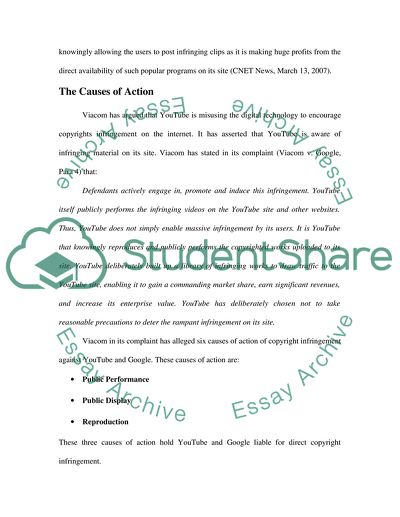Cite this document
(“CyberSpace Law Research Paper Example | Topics and Well Written Essays - 2000 words”, n.d.)
CyberSpace Law Research Paper Example | Topics and Well Written Essays - 2000 words. Retrieved from https://studentshare.org/law/1737716-cyberspace-law
CyberSpace Law Research Paper Example | Topics and Well Written Essays - 2000 words. Retrieved from https://studentshare.org/law/1737716-cyberspace-law
(CyberSpace Law Research Paper Example | Topics and Well Written Essays - 2000 Words)
CyberSpace Law Research Paper Example | Topics and Well Written Essays - 2000 Words. https://studentshare.org/law/1737716-cyberspace-law.
CyberSpace Law Research Paper Example | Topics and Well Written Essays - 2000 Words. https://studentshare.org/law/1737716-cyberspace-law.
“CyberSpace Law Research Paper Example | Topics and Well Written Essays - 2000 Words”, n.d. https://studentshare.org/law/1737716-cyberspace-law.


